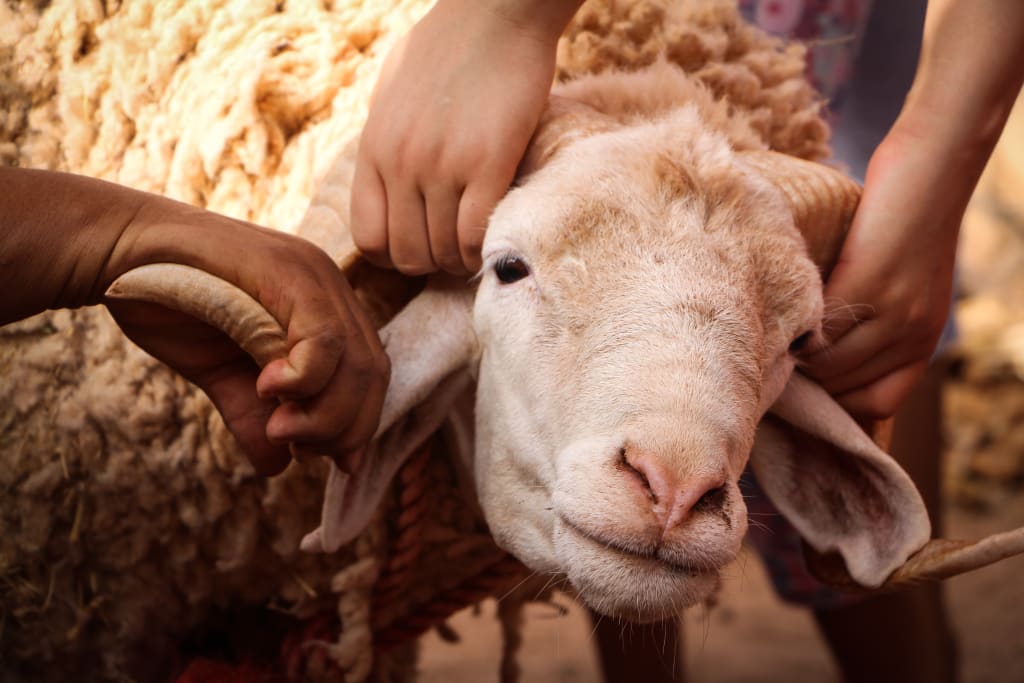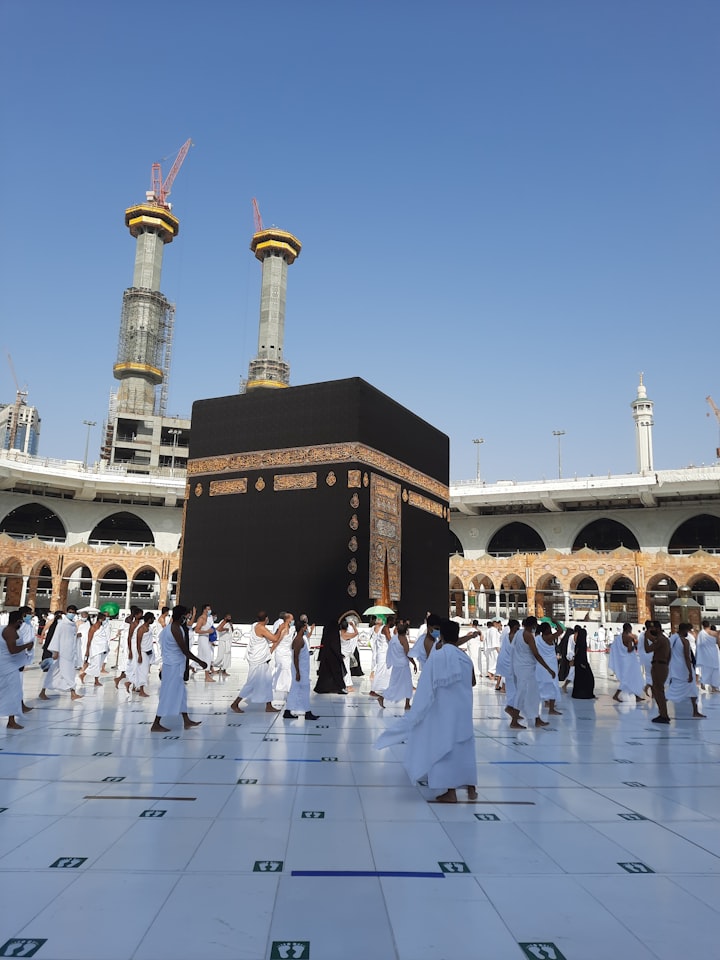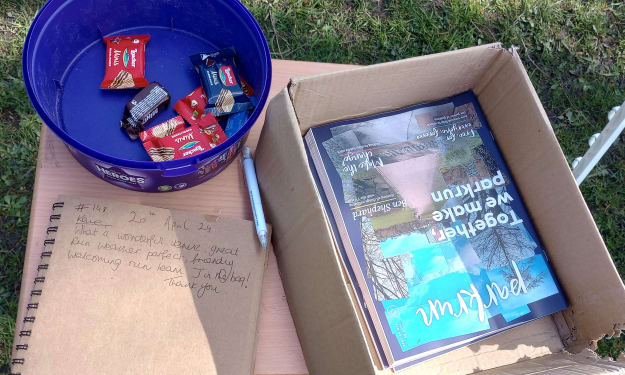The purpose of sacrificing an animal during Hajj
Sacrificing an animal during Hajj

The purpose of sacrificing an animal during Hajj
The purpose of sacrificing an animal during Hajj is to commemorate the act of Prophet Ibrahim (Abraham) when he was willing to sacrifice his son as an act of obedience to God. According to Islamic tradition, as Ibrahim was about to sacrifice his son, Allah provided a ram to be sacrificed instead. This act symbolizes devotion, obedience, and submission to God.
The sacrifice, known as "Qurbani" or "Udhiyah," is performed by pilgrims during the days of Eid al-Adha, which marks the culmination of the Hajj pilgrimage. It is also performed by Muslims around the world who are not on Hajj but wish to participate in this religious practice.
The sacrificed animal, usually a sheep, goat, cow, or camel, is divided into three parts: one part is given to the poor and needy, another part is shared with family and friends, and the remaining part is kept by the person who performed the sacrifice. This act serves as an expression of gratitude, charity, and solidarity with those in need, as well as a reminder of the importance of sacrificing personal desires for the sake of Allah.
Commemoration of Prophet Ibrahim (Abraham)
The sacrifice performed during Hajj is a commemoration of the willingness of Prophet Ibrahim to sacrifice his son Ismail (Ishmael) as an act of obedience to God. As the story goes, just as Ibrahim was about to sacrifice his son, Allah provided a ram to be sacrificed instead. This act symbolizes the ultimate submission and devotion to God's commandments.
Expression of Devotion and Obedience
By participating in the act of sacrifice, pilgrims and Muslims worldwide demonstrate their devotion and obedience to God. It is an opportunity to emulate the steadfast faith and commitment of Prophet Ibrahim and reinforce the principles of surrendering to God's will.
Remembrance of Sacrifice and Gratitude
The sacrifice also serves as a reminder of the sacrifices made by Ibrahim and his family. It encourages Muslims to reflect on the blessings they have been bestowed upon and to express gratitude for these blessings. It prompts individuals to recognize the value of sacrificing personal desires and material possessions for the sake of Allah.
Acts of Charity and Sharing
The sacrificed animal is divided into three parts. One-third is given to the poor and needy, who may not have the means to afford meat on a regular basis. This act of charity ensures that the less fortunate can partake in the festivities and experience the joy of Eid. Another third is shared with family, friends, and neighbors, strengthening social bonds and fostering a sense of community. The remaining portion is retained by the person who performed the sacrifice, allowing them to provide for their family and share in the blessings of the occasion.
Unity and Solidarity
The act of sacrifice during Hajj highlights the unity and solidarity among Muslims. Millions of pilgrims worldwide participate in this ritual, simultaneously performing the sacrifice, regardless of their nationality, race, or social status. This shared act of worship fosters a sense of belonging and reinforces the concept of the global Muslim community.
Overall, the purpose of sacrificing an animal during Hajj is to commemorate Prophet Ibrahim's obedience to God, express devotion and gratitude, engage in acts of charity and sharing, and foster unity and solidarity among Muslims. It is a ritual deeply rooted in faith, serving as a reminder of the values and principles that underpin the Islamic faith.
Here you can access My Free training, free gift, and free promo code.💻⭐🍳🙏🙌
https://solo.to/ffabservices
About the Creator
Babatounde Chitou
Digital Creator, Marketing Analyst and Affiliate Marketer
My YouTube http://bit.ly/40DdoNm
My Web https://ffabachillc.blogspot.com/
Other Services:
-Medical Coding and Billing Specialist.
- Pharmacy Technician
- CDL-A Driver





Comments
There are no comments for this story
Be the first to respond and start the conversation.